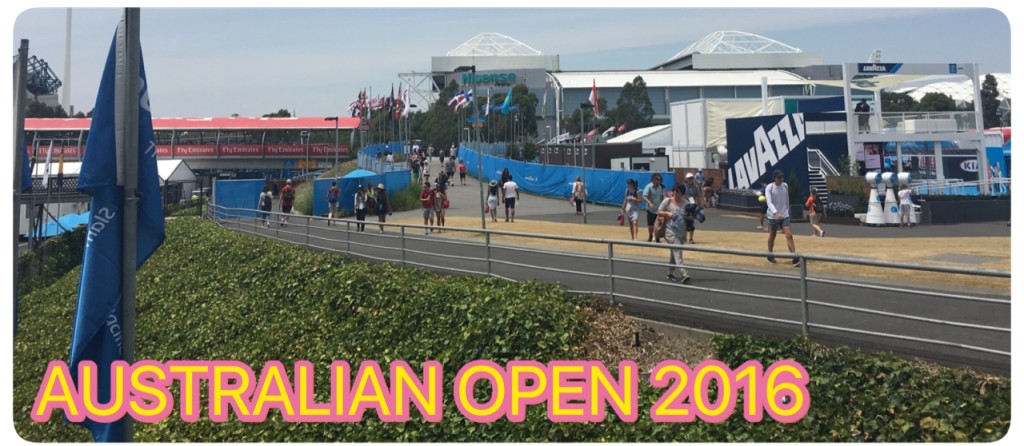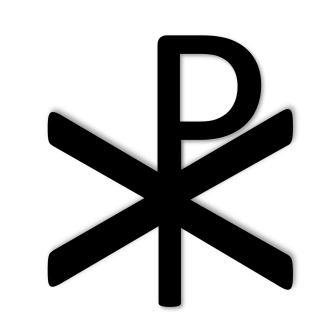
With the Australian Open 2016 tournament final the last remaining match to be played, a quick analysis of ATP rankings and points suggests the outcome is already fixed. This is my 2016 version of the AO2015 Review article.
The ATP rankings are based on points awarded over the last year. So, the starting point for me was to source the top 10 seeded player rankings from the Australian Open website. The first observation here is that when compared against the ATP website, Richard Gasquet is missing.from the top 10 seeded players. This was because, early in 2016, he had to withdraw from the tournament suffering a back injury. Based on his absence, the 2015 points won (90 from his Round 3 exit) means his #9 ranking will drop one to #10. Thus, in this analysis of the top 10 seeded players, the entire list is actually looking at 11 players. General data sources for this article are:
- ATP rankings
- Australian Open 2016 results (as at 28/01)
- Australian Open 2015 results
- ATP grand slam ranking points
My method of calculation of points is simple, compared to some of the more complex arrangements and rules that exist for the overall calculation of ATP was simply to use the Australian Open 2015 results as the points being defended. As the 2015 champion, Novak Djokovic had the most points to defend – 2000. Given he has already reached the semi-finals, he will win a minimum of 720 points. Further, his ranking at #1 is based on the number of points. Since Andy Murray, as the current #2 ranked player, held half as many points (8945) going into the Australian Open, even if Novak had lost in the first round, there was no way for Andy to win the tournament and surpass Djokovic for the #1 ranking/seed. This table summarises the rankings and points of the top seeded players coming into the Australian Open tournament, also showing both their 2015 performance and thus, the points being defended.
[table “” not found /]As you can see, Djokovic is a stand-out world #1. Murray and Federer as #2 and #3 seeds respectively, are within 1,000 points of each other. Wawrinka sits comfortably on his own at #4, similar to Nadal at the #5 ranking. The next three players in Berdych, Nishikori and Ferrer are all quite closely ranked, with 500+ points separating all three players. These top 8 players form their own grouping at the top of the ATP tables with the next set of players, including the injured Gasquet holding between 2500~3000 points to round out the Top 10 Seed table.
With Stan Wawrinka out of the 2016 tournament, and Raonic in his place, Raonic’s current seed of 14 has him sitting at 2,270 points. Having improved on the 2015 tournament result already, Milos Raonic is guaranteed to move up the rankings. If he exits as a semi-finalist, he will improve 3 ranks to become the #11 seed. If he makes it to the Australian Open 2016 final then he is guaranteed to climb 5 ranks to become the #9 seed, displacing Tsonga, Gasquet and Isner. These scenarios are the only unknowns that the 2016 tournament is yet to resolve. Since the top-three seeded players are yet to play off (at the time of writing) in either semi-finals or finals, all three possible outcomes lead to the same standing in terms of rank.
Without considering the outcome of the final, 6th seed Tomas Berdych and 8th seed David Ferrer will already swap positions on the rank table, to reflect David Ferrer’s quarter-final appearance improvement from the 2015 fourth-round ending AND Berdych’s drop from previously making the 2015 semi-final whereas 2016 was a quarter-final exit. Further, after taking into account the two semi-final outcomes, Federer’s semi-final appearance guarantees him an increase in points although his third-place position will remain unchanged. Raonic’s valiant fight against Murray in the other semi-final also sees him rise up the ranks, just short of the top 10 and become the new 11th seed.
No matter what happens now, the ATP rankings are now locked in, since Federer is locked in as #3, Andy Murray at #2 and Djokovic remaining the clear World #1. Most of my predictions have come to pass, with a few exceptions – Nadal’s first round exit was a bit of surprise, but given he is still recovering and not yet back at 100% strength, an early exit was always quite likely. Milos Raonic’s stellar performance in his section/group of the draw was also an impressive run to line up his semi-final playoff against Murray.
Federer vs Djokovic Semi-Final
The rivalry of Federer against Djokovic was hailed to be one of the greatest showdowns of the tournament, but eventuated in a one-sided match where the results do not truly do justice to the quality of tennis played. Whilst the four-set result shows a clear dominance by the World #1, the third set (6-3) in favour of Federer was the result of a mini comeback, where he was able to pierce the armour and defence of Djokovic, even if just for a set. Whilst Djokovic was able to capitalise on unforced errors to control the first two sets, Federer started to mix things up and play much more aggressively which translated into his third set victory. Djokovic was able to withstand the onslaught overall to claim the fourth and final set. The rivalry ultimately saw some truly magical shots played, but the magic of Djokovic won out in the end. Ultimately, the longer both players rallied, Djokovic gained a slight upper-hand which translated into him winning 46% of the long rallies. Federer, in contrast had more control over the medium-length rallies with a slight edge in winning those points. The contrast in first serve percentages between the first two sets and the third was also quite obvious as a reflection of the change in play that Federer introduced. Whilst Federer preferred serving down the T, Djokovic kept stretching him out wide with his serve and targeted court position.
After 2.5 hours, this first semi-final was over; the style of both players seeing some rallies play out longer and with interesting shots, but there was a sense of quick finality behind the precision shots of each player. Djokovic was successful in applying pressure to the Federer serve with 9 break-point opportunities compared to the four that Federer had. Djokovic was also able to successfully convert five of the nine break-points whereas Federer succeeded once. Overall, Novak had 115 winners to Roger’s 82. Statistics-wise, Federer’s match looked respective and it shows in the way he played reasonably well. However, the statistics for Djokovic reflect a cleaner, more precise game, which is why he came out of this semi-final the victor.
Raonic vs Murray Semi-Final
With this second semi-final just completed, this analysis is some what hot off the press. Of the two semi-final matches, this one was clearly the more competitively fought matches, with the five-set match stretching to over four hours in length. The power of the Milos Raonic serve helped him to dominate and win the first two sets. Towards the end of the second set, signs of a medical injury plaguing Raonic became evident, with a medical time-out requested at the conclusion of the second set. This weakness started to show in the drop in serve speed and slight decrease in mobility throughout the third set. Andy Murray also lifted his game to apply more pressure on the Raonic gameplay. Raonic, to his credit, stayed competitive right until the end of the match, but with his service games under intense pressure, Murray was able to seal the match with the final 6-2 score for the deciding set. Raonic truly demonstrated a style of play that will prove challenging for all the top seeded players – with excellent wide shots to complement his super-powerful serves.
Andy Murray’s performance throughout the entire tournament has been so inspirational given the off-court dramas. His tenacity to finish the match echoes the high level of performance Andy has shown over the years. Setting up this final showdown against Djokovic is more than deja vu, since this will be their fifth grand slam final match-up. It is somewhat unfortunate that Murray is of the current generation given the very top players have constantly blocked his attempts at winning a grand slam championship – being a somewhat perennial runner-up six times (three each against Djokovic and Federer).

You must be logged in to post a comment.